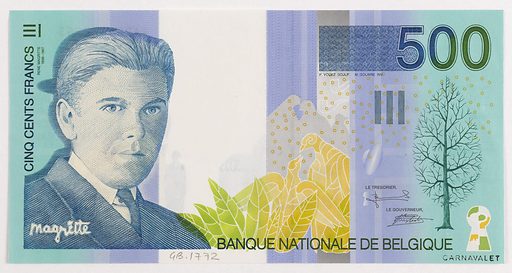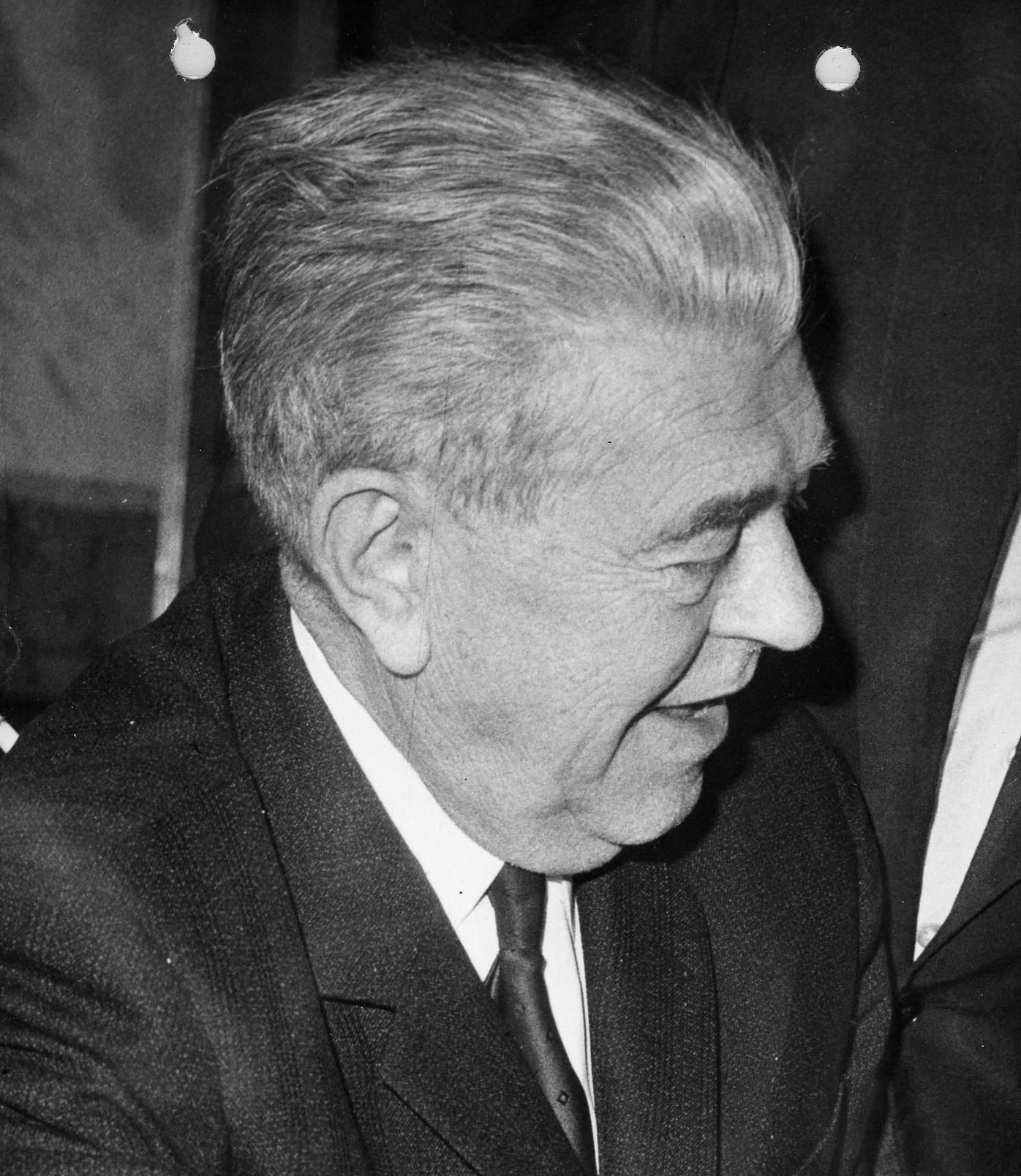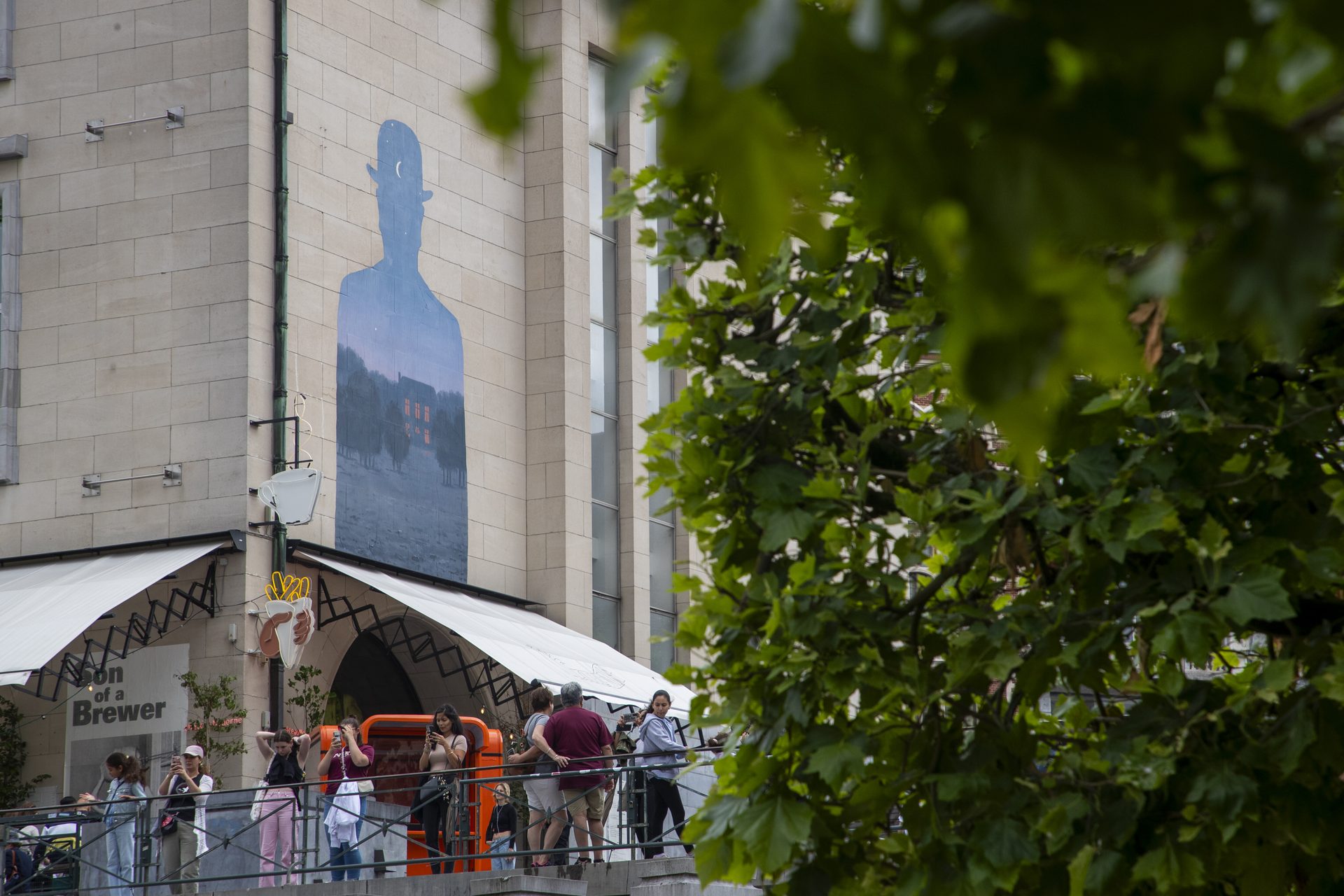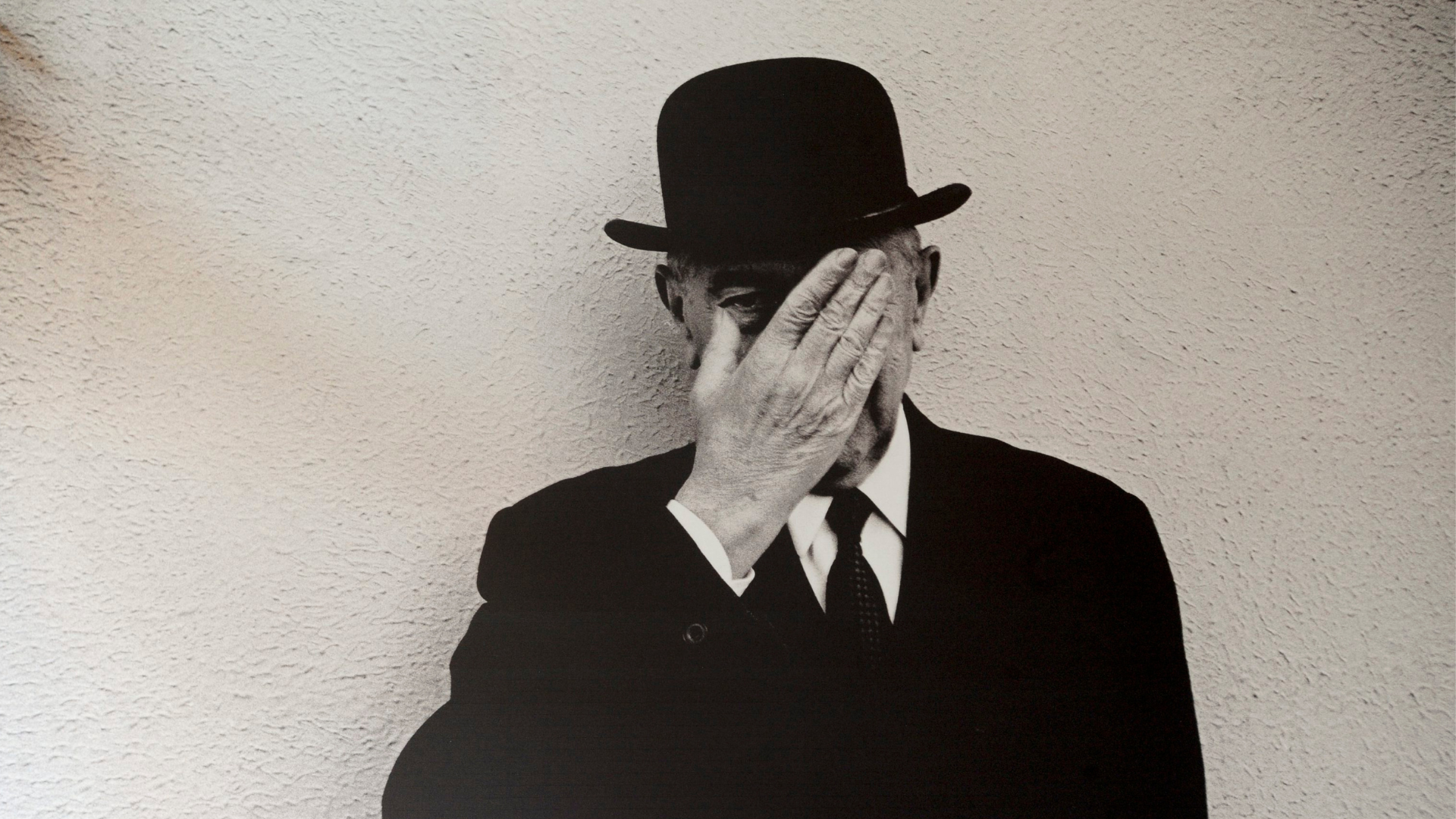On this day, 15 August 1967, famous Belgian surrealist painter René Magritte died at his home in Schaerbeek, Brussels. He was buried in Schaerbeek Cemetery, marking an early end to perhaps the most well-known Belgian artist of all time.
Born in Lessines (in the Hainaut province) in 1898 to a merchant and a milliner, Magritte began drawing lessons at the age of 12. Relatively little else is known about his childhood besides the fact that his mother committed suicide in 1912, and Magritte and his brothers were consequently raised by their grandmother.
Like most successful artists, Magritte's path to full-time painting was not a direct one. He studied at the Brussels Academy of Fine Arts from 1916 to 1918 but later began work as a designer in a wallpaper factory and a sketcher in an advertising company.
It was a reproduction of Giorgio de Chirico's painting The Song of Love which, in 1922, first inspired Magritte to explore the surrealist style he is now best known for. The surrealist movement had not officially begun, with the start date attributed to the publication of the Surrealist Manifesto in Paris in 1924.

Then-Federal Budget Minister Herman Van Rompuy pointing to a Magritte. Credit: Belga/Herwig Vergult
Magritte makes friends
In 1926, Magritte had his first break, albeit a short-lived one: he was given a contract with the Brussels Art Gallery which allowed him to become a full-time painter and host his first solo show. However, it was not well-received by the public, and a disillusioned Magritte moved to Paris with his wife the following year.
In Paris – at the time considered the art capital of the world – Magritte met well-established surrealists in both the art and literary domains, like André Breton and Paul Éluard respectively. In the summer of 1929, he became close to Salvador Dalí. It was during this time that he painted his most famous work, The Treachery of Images, better known for its text: "Ceci n’est pas une pipe" ("This is not a pipe").

Illustration of 'Ceci continue de ne pas être une pipe' in the Musée Magritte Museum. Credit: Belga/Eric Vidal
Despite the creation of these now-famous works, Magritte continued to draw little professional attention, and in 1930 he moved back to Brussels and found another job in advertising. He and his brother opened a marketing business with Magritte's style, despite the corporate nature of their products.
But the mid- and late-thirties would finally put Magritte on an international stage. He held a solo show in New York in 1936 and in London in 1938, and began to receive commissions for paintings.
His 'Renoir' and 'vache' periods
The Second World War, however, saw a profound shift in Magritte's style for some time. Often called his "Renoir Period," Magritte leaned on impressionistic elements that recall his French predecessor's style: soft brush strokes and bright colours.
This new approach contrasted greatly with the country's dark period under German occupation, and did not garner much success. It was during this phase that Magritte also distanced himself from the Parisian surrealist movement with the manifesto Surrealism in full sunlight, which he signed along with several other Belgian artists.
The manifesto would mark the beginning of his brief vache period (cow period), in which his new series of crude and heavily sarcastic work made obvious reference to the Fauvists as well as the work of Edouard Manet, Henri Matisse and James Ensor. During these years, Magritte would also alleviate his once again struggling economic situation by painting fake Picassos, Van Goghs, Manets and Cezannes as well as later on even printing forged banknotes.
Ironically, he'd be depicted on the 500 franc bill in the last series of banknotes issued in Belgian francs put into circulation between 1994 and 1998.

Magritte on the 500 Belgian francs note. Credit: Banque nationale de Belgique
After his artistic tangents of the 1940s, Magritte eventually returned to his signature surrealist style, inspiring wonder – and confusion – in viewers by juxtaposing everyday objects in unusual ways and becoming especially well-known in the sixties.

René Magritte. Credit: Belga
This is not a pipe
Magritte's style calls into question the value of representations in comparison to their original object. For example, when pressured to speak about his famous The Treachery of Images, he says, "The famous pipe, haven’t I been reproached enough for that! Anyway, can you fill my pipe? No, you can’t, it’s just a representation. So if I had written on my picture 'this is a pipe,' I would have been lying!”
Magritte was also interested in the relationship between words and images, and often incorporated text into his paintings. In the same way he thought he could separate a painted object from the original object, he also believed that a word could be separated from its original meaning.

A mural incorporating elements of Magritte's style. Credit: Belga
Interestingly, Magritte vehemently rejected any sort of symbolic interpretation of his artwork. Though chock-full of repeated imagery and inexplainable illustrations, he famously said: "To equate my painting with symbolism, conscious or unconscious is to ignore its true nature."
Today, Magritte's legacy is kept alive in Brussels at the René Magritte Museum, the Magritte Museum at the Royal Museum of Fine Arts and through several giant outdoor murals in his style on display around the city.
"Today in History" is a new historical series brought to you by The Brussels Times, aiming to take you on a trip down memory lane for newcomers and Belgians alike. This entry was written by Margherita Bassi.

